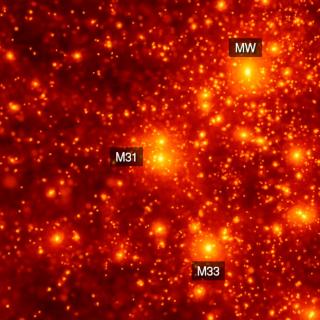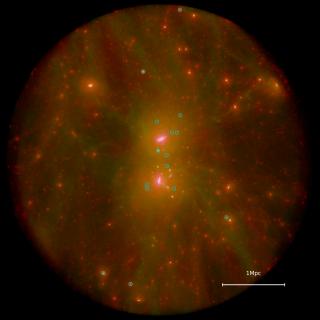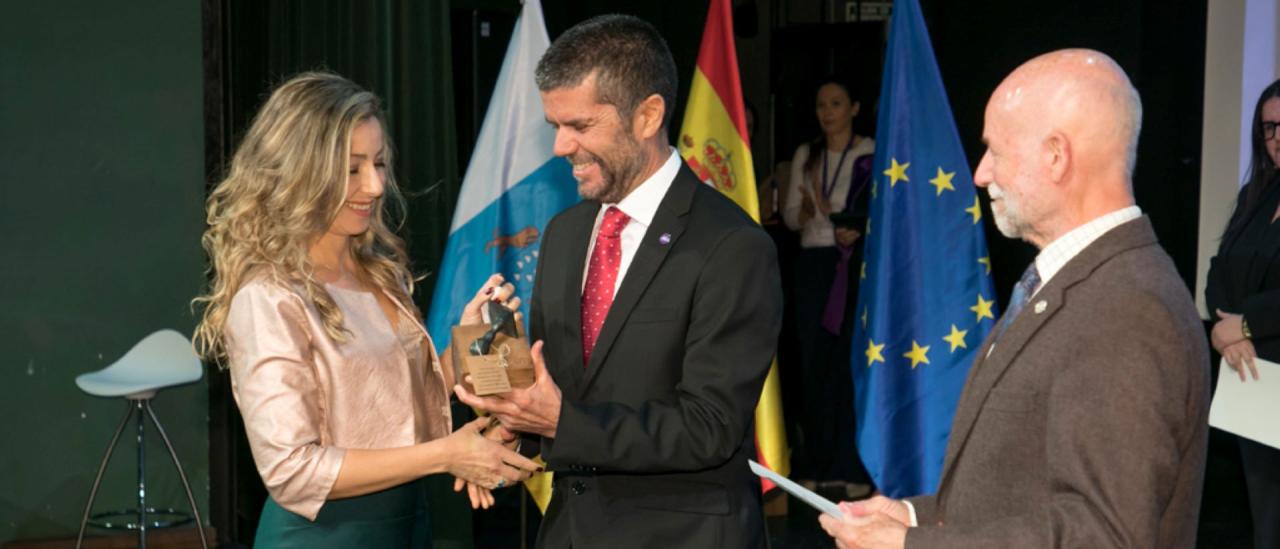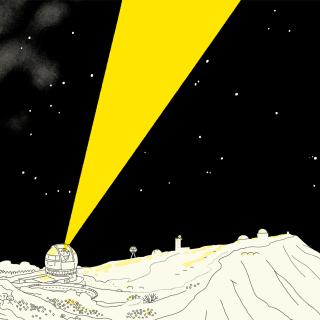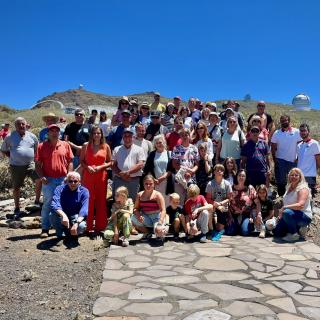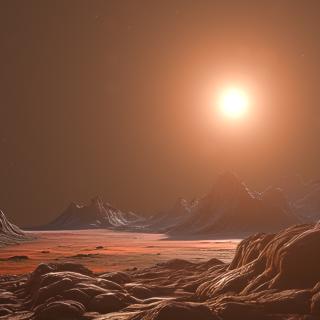Arianna Di Cintio, researcher at the Instituto de Astrofísica de Canarias and professor at the University of La Laguna, was awarded yesterday Monday, March 11, at the awards gala held for the Institutional Day of the University of La Laguna. The award corresponds to the junior category, referring to research personnel born after 1984, recognizing the quality of research at the scientific and social level and for its particular value and interest in the socioeconomic environment, its social repercussion and international impact.
Di Cintio is an Italian researcher specialized in galaxy formation with a BSc and MSc in Astrophysics from the Sapienza University of Rome. She started working at the IAC following the granting of the Marie Skłodowska-Curie Fellowship Program, which helps outstanding female students in innovation to further their development in research and training. Since then she has published more than 50 articles in high-impact scientific journals. Among others, she has shown that satellite galaxies could still form stars when they pass close to host galaxies or evidence for a high number of ultradiffuse galaxies in our cosmic neighborhood.
She started her path in astrophysics working with the gravitational wave hunters LIGO and Virgo. She has received many distinctions throughout her career, such as "Best thesis in experimental astrophysics 2010" or Cum Laude qualification and "extraordinary doctoral thesis" in her PhD on galaxy simulations analysis. She currently combines her work as a researcher with her teaching at the ULL, where she also coordinates the subject Extragalactic Physics and the research group ACT-Astrophysics and Theoretical Cosmology. Since December 2023, she has been a tenured professor at the university and academic director of the Astrophysics master's program.
